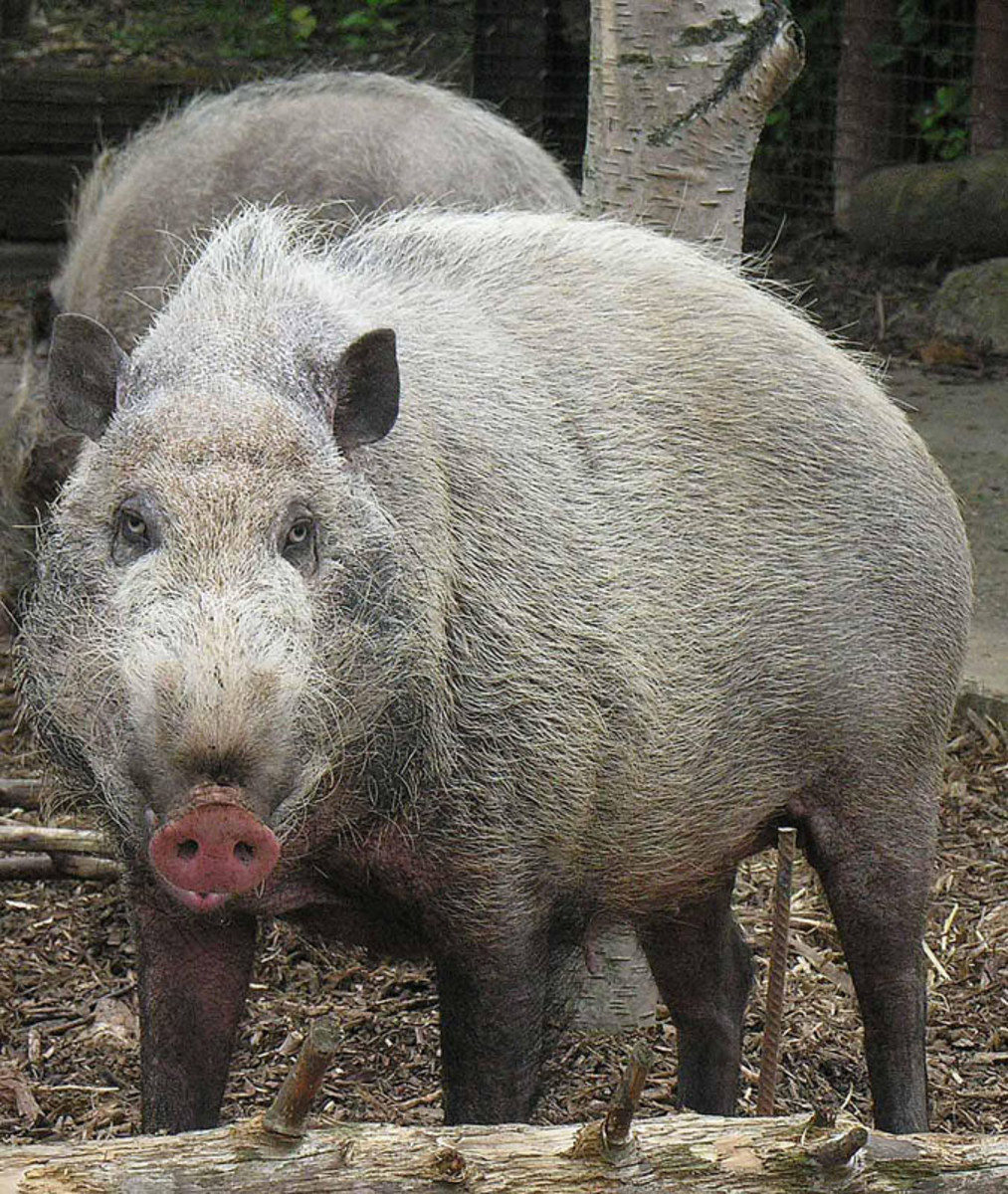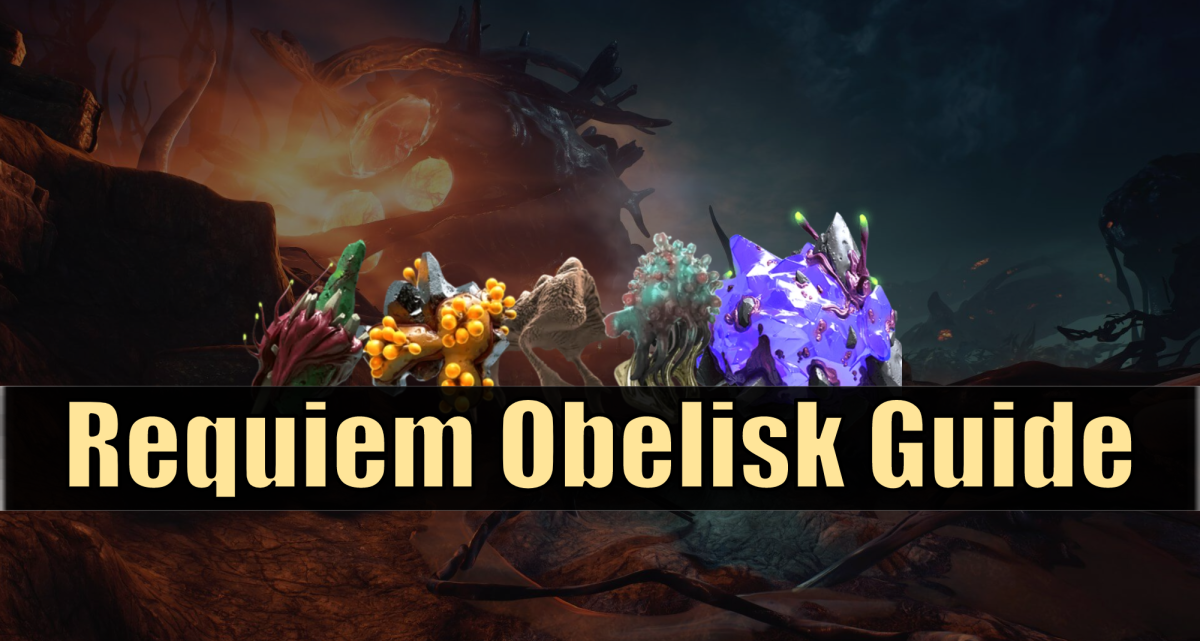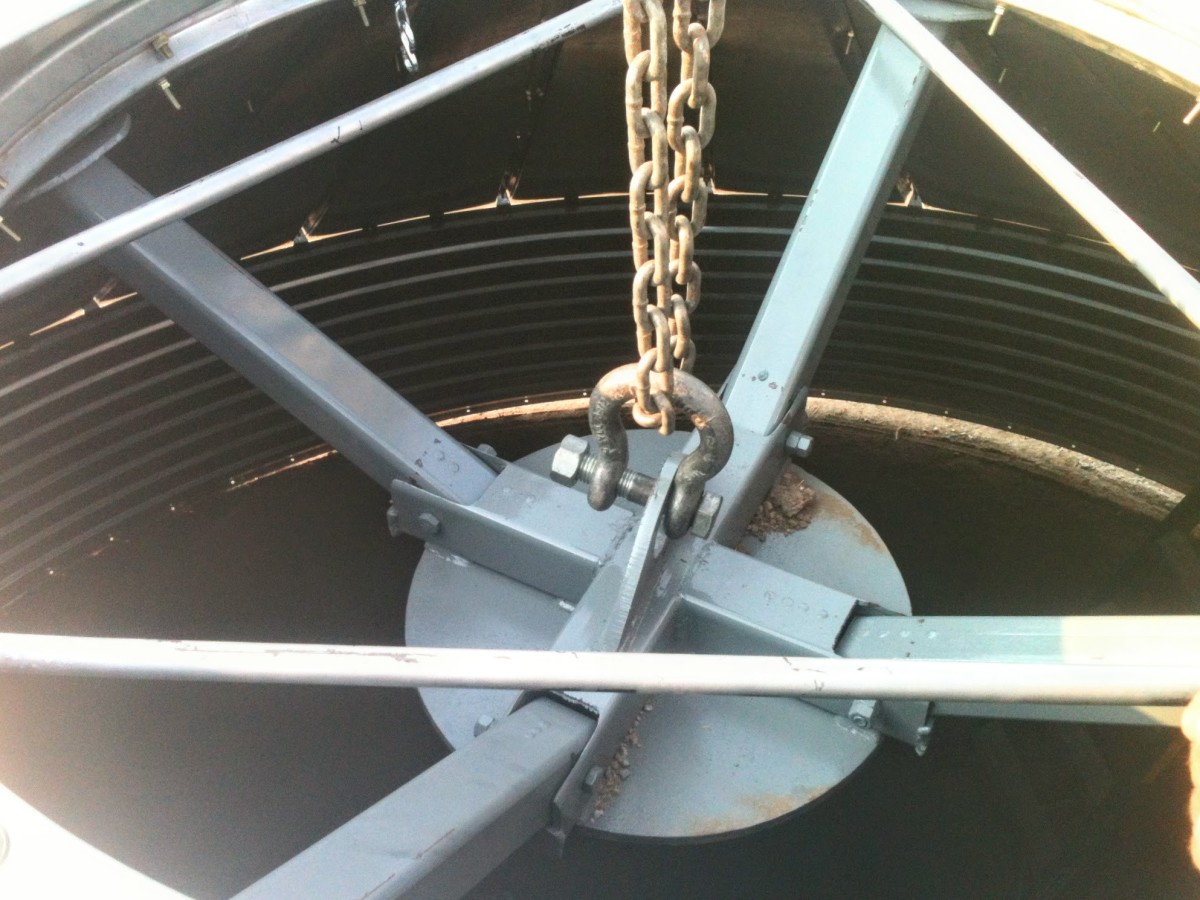Hog Killin': Strictly Southern Tradition
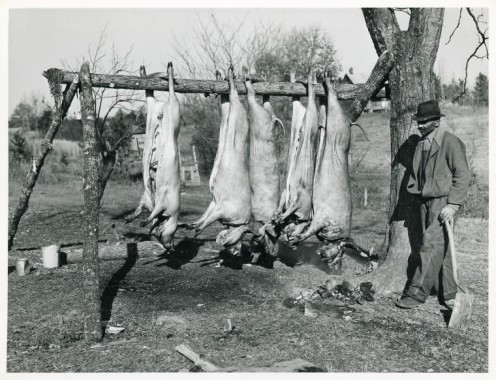
A Photo Frozen in History
Hog killing on Milton Puryeur place; He was an African-American owner of five acres of land; Rural Route No. 1, Box 59, Dennison, Halifax County, Virginia.
For Those who Don't Know
before reading this hub, one should know right away that this hub (can be) very disturbing, eye-opening and even angry because a pig slaughter or ("Hog Killing") was, and is the work of slaughtering domestic pigs which is both a common economic activity as well as a traditional feast in some European countries. Hog killing is an activity performed to obtain pig meat (pork). It regularly happens as part of traditional and intensive pig farming--which started in the United States by mostly rural farming families.
"Hog Killing," was known far and wide for combing both the event into a neighborhood "harvest" of the fresh hog meat that these (mostly) rural, farming families lived on during the cold winter months and a good excuse for neighbors to share news, gossip, and fellowship.
Although this event was more needed than popular from the early 1930s the mid to late 1950s, today's hog killings are rare due to the society of the area changing from poverty levels to a more prosperous lifestyle. Still, hog killing's are as much of a part of our nation's history as that of making syrup from sugar cane. Honestly, it's how the hogs were dressed that caused the squeamish and timid people to turn away from watching such a cold-hearted sight as to see hogs killed and then cut with experts with self-taught butchering skills to divide the hogs into soon-to-be delicious ham, bacon, and pork chops.
But before the hog meat could be really experienced, these slabs of bacon and hams were hung on wooden beams across a slow, simmering fire in a "smoke house" where the meat was cured and seasoned by an abundance of sweet hickory smoke. Most rural families, farming and non-farming families both owned smoke houses as well as working to save the money by doing odd jobs (when public jobs were scarce) to buy the pigs, fatten them up to the accepted size of big hogs to be killed and dressed for disbursement of the fresh meat.
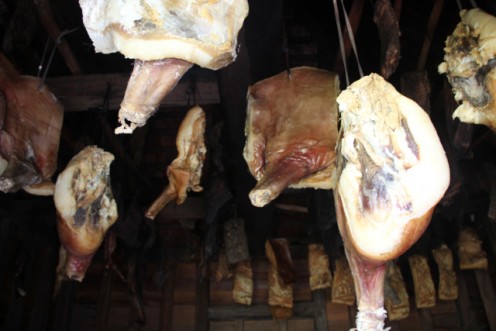
A Neighborhood Hog Killin'
always took place during the coldest months of winter: early February. This is an arguable fact, for a lot of families who depended on pork for their meal supplements, killed and dressed hogs from mid to late January. But no matter what time a hog killing took place, it was always the right time for such an event for it was the southern vehicle to supply fresh meat to the owners of the pigs (who were dressed) as well as the families who were of needy status who were given the meat by the more prosperous families--and totally free without any payment or service rendered.
This common gesture was very common to all standards of rural people who raised hogs for winter food. There was no such thing as "dividing the classes" of the rural peoples. All of these families were looked upon as everyone being equal. But with all groups and families, there is that all-present feeling of jealousy and those times that the bigger farming families were included to kill hogs, the bigger farming families rose up with complaints that "they," deserved more fresh meat due to their family being bigger than most.
Friction like this was always addressed when many early southern areas would name a certain number of men of a senior age to act as a panel to hear any complaint that was levied toward any of (that) area's particular neighborhood. And upon hearing the complainant and the family who were having the complaint lodged, the facts were discussed in private and (sometimes) with lengthy-but-fair discussions came to an end, the chairman of the panel would announce their findings--and the ruling was never challenged for one reason: each family was important to that neighborhood or "settlement" as they were known, and no family or person was put above the next person for if such lofty attitudes were tolerated, the neighborhood would be liable to break apart and harsh actions might occur.
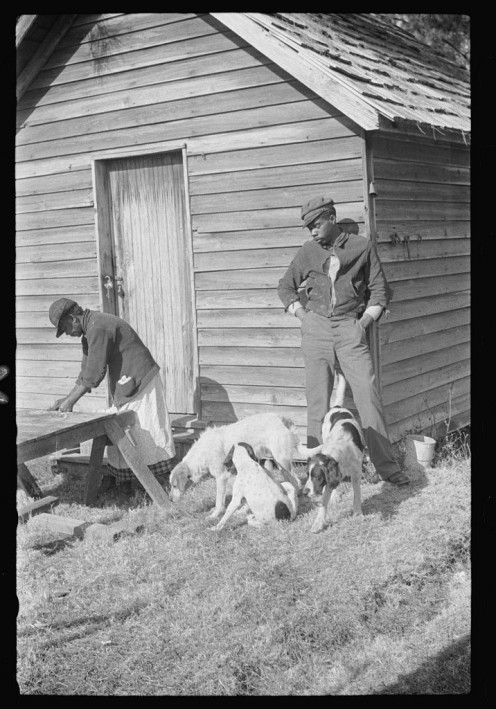
Hog Slaughtering: Dangers Among Neighbors
can now be explored. Hog slaughtering may be one of our last remaining American iconic events, but do not be fooled. Even the most-talented hog slaughterer can mess up once in awhile. If you would just glance at the following "dangers" of slaughtering hogs, you will be wiser for the effort.
Knife Handling: is a must. Probably the number one danger area. In the authentic "hog killing," of the early 1930s, a man with a razor-sharp butcher's knife (and his equally-talented buddies) could dress and cut two entire hogs in less than two hours. In the early history of "Hog Killing," those with a butcher's knife along with sharp edged glass was used to scape the hair off of the dead hog which was now scalded from the hot water kept boiling in washpots or any other receptacle. But common sense dictates that if one is to butcher a hog, he/she must have great hands and exercise safety measures in order to keep his/her hands from being cut.
Jabbering: and running the mouth among onlookers is not smiled upon. See above danger item and know that even the sweetest-sounding voice can cause the best butcher to make a mishap thanks to the human voice.
Dogs: and other animals not on a leash or tied to a tree was not to abuse the dogs, but to keep them all away from the fresh hot meat that was laying on the various tables where the men/women were dressing the hot being cut into ham, bacon, and whatever precious meat could be gathered. Cleanliness along with safety with a butcher's knife was probably the number one area to be addressed.
Cleanliness: is next to the carving table next to Godliness. If the men/women are to be involved with a well-butchered hog, the carcase must be kept clean from all flying insects and things that someone might toss to a friend just to save time. But tossing is a no, no. Especially when tossing a sharp butcher's knife. Keep the carving area super clean.
A Propane or Wood: fire is fine if you are involved into a modern-day hog killing. But if the hog killing is an outdoor affair, someone needs to be in charge of keeping the fire going for in the early days of hog killing, people used to have iron washpots (also used for laundry) with water kept to a boil so the men/women with the knifes could be kept clean and sterile to keep bacteria and germs from getting inside the hot carcase.
Hog Slaughtering
today is still evident in some rural areas of the land, but not as wide-spread as it once was in the early 1930s--and the overall reason that a family would be seen slaughtering their hogs was the cold, bitter reason of pure human surival. That is the bottom line.
In 2017 and before, huge pork processing companies sprang up when more farmers (who also slaughtered their own hogs) left the farm for public jobs which the job paid more than a small-scale farmer could make at harves time. The mushroom effect of pork plants did affect the rural southern areas because if the small pork producer did not want to dress his hogs, a nearby pork processing facility would do the entire job and then the farmer could pay a certain price to bring home a bounty of fresh pork--butchered, processed, and wrapped.
By and large, pro and con, the arguments will somehow keep going on whether it is right or wrong for a homeowner to slaughter his own pork or let a big pork slaughtter corporation process the hogs and thus strengthen the economy.
This hub is not of an editorial base, but I now wonder how we as a free society would live if there were no slaughtering of hogs, cows, and cleaning the oceans out of shrimp, crab, and other delicacies.
To Find Out More About Hog Killin's, Read These Links:
https://www.southernfoodways.org/interview/a-tennessee-hog-killing/
www.rootsweb.ancestry.com/~msfrank2/hogkilling.htm
www.oldsouthfarm.com/gallery7.htm
www.simplyappalachian.com/article/2015/10/appalachian-hog-killing-tradition

Pork Producers Today--Large or Small Operations
still take pains in dressing the hogs that area pork producers sell. The processing plant employees are hard at work processing a hog at the P and M Packing Company.
© 2017 Kenneth Avery

